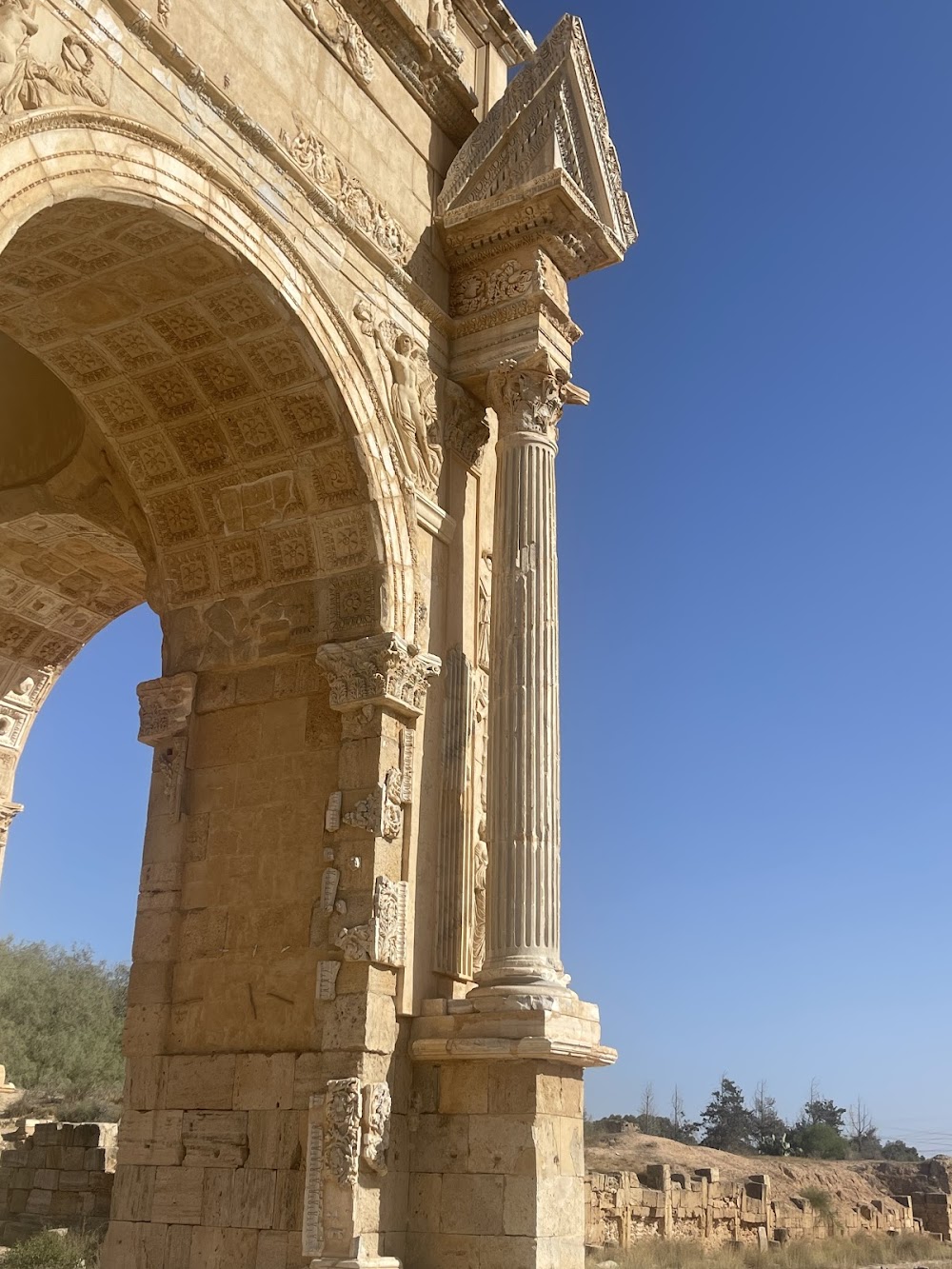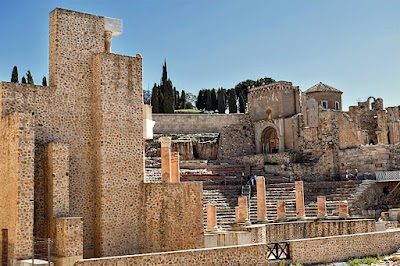Ancient Tombs of Murqub (قبور المرقب القديمة)
Overview
The **Ancient Tombs of Murqub** in Libya are a captivating destination, rich in history and intrigue, offering foreign tourists a unique window into the past. Nestled in the Murqub region, these tombs are more than mere burial sites; they stand as remarkable testaments to the architectural ingenuity and cultural practices of ancient civilizations that once flourished in this part of North Africa.
Historically, the tombs date back to various periods, with the majority originating during the **Roman and Byzantine eras**. The Murqub region was an integral part of the Roman Empire, serving as a vital crossroads for trade and cultural exchange. Thought to be constructed in honor of notable figures, including local leaders and nobility, these tombs showcase distinctive artistry and craftsmanship. Intricate carvings and inscriptions offer valuable insights into the beliefs and daily life of the communities that built them.
Significantly, the tombs serve as a crucial link to understanding the region's ancient heritage and its evolution over centuries. They reveal much about **funerary customs**, architectural styles, and social hierarchies of the past. For instance, elaborate decorations and the size of the tombs often reflect the status and wealth of those interred within. Artifacts recovered from the site—such as pottery, jewelry, and coins—further illuminate the economic and cultural interactions that took place in Murqub during ancient times.
One of the most fascinating aspects of the Ancient Tombs of Murqub is their **construction**. Many of these tombs are rock-cut, intricately carved directly into the cliffs, showcasing advanced engineering skills and a deep understanding of geology. The interiors often feature chambers and corridors, indicating they were designed not only as final resting places but also as spaces for rituals and ceremonies. The architecture reveals a blend of influences, including indigenous Berber styles and Greco-Roman techniques, underscoring the cultural syncretism prevalent in the area.
Visitors to the site can explore the ruins and admire the remnants of these grand structures. Guided tours provide detailed narratives about the history and significance of the tombs, enriching the visitor experience with stories of the people who lived and died in Murqub. The serene environment and the site's relative preservation make it a compelling destination for both history enthusiasts and casual tourists.
Among the intriguing facts about the tombs is the discovery of several **mummies**, remarkably preserved despite the passage of time, offering a rare chance to study ancient embalming techniques. Additionally, some tombs feature frescoes depicting daily life, religious ceremonies, and mythological scenes, providing a colorful glimpse into the artistic sensibilities of the ancient inhabitants.
Beyond the tombs, the surrounding landscape of Murqub is breathtaking, characterized by rolling hills and ancient ruins scattered across the terrain. This picturesque backdrop creates a beautiful setting for reflection and exploration, allowing visitors to immerse themselves in the timeless beauty of the Libyan countryside.
In conclusion, the **Ancient Tombs of Murqub** are a must-visit for anyone fascinated by ancient history, archaeology, or cultural heritage. They not only unveil the complex history of the Murqub region but also highlight the impressive architectural and artistic achievements of past civilizations. As you traverse the site, you’ll feel a connection to the people who built these tombs and ponder their lives, beliefs, and stories. Whether you are a history buff or simply seeking a unique travel experience, the Ancient Tombs of Murqub promise a journey back in time that is both educational and profoundly enriching.







